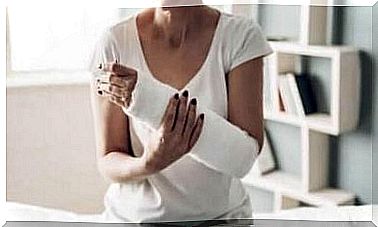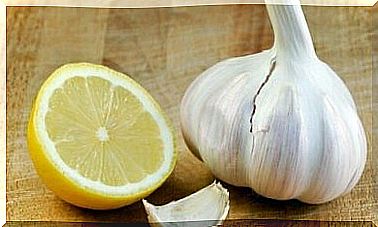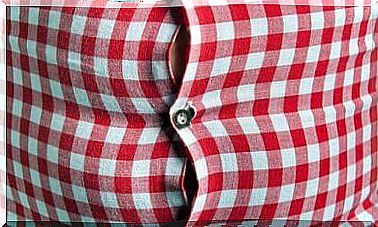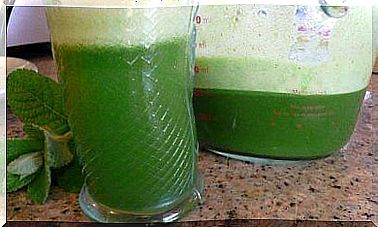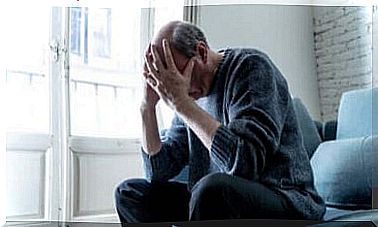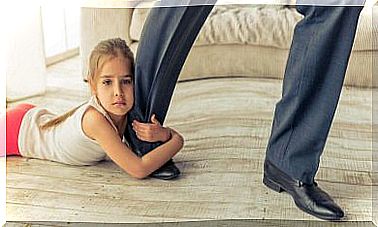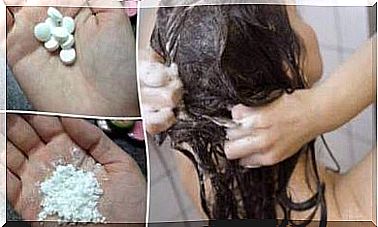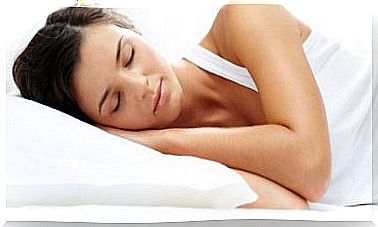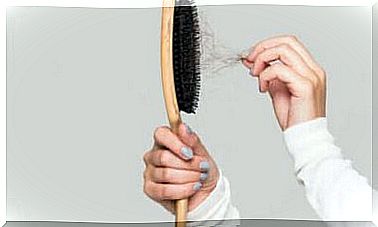How To Get Rid Of Muscle Pain Without Taking Medication
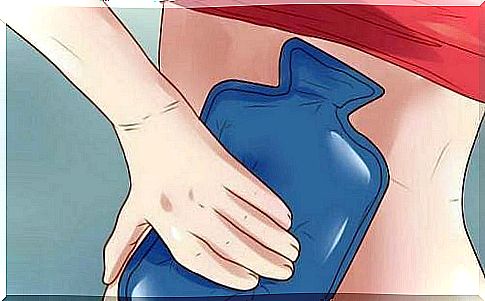
For many, having or not having muscle soreness affects their day. Our lives that we mainly spend sitting, eight hours a day in front of the computer to work, and insufficient sleep are some of the causes of muscle problems. This can prevent us from going about our daily activities. But how do you get rid of muscle soreness?
In this article we will talk about how to deal with muscle problems without using drugs.
Tips to get rid of muscle soreness
Maybe you exercise a lot, or maybe you don’t move much. Anyway, you can always put the following tips into practice to get rid of muscle pain, even if it is very severe.
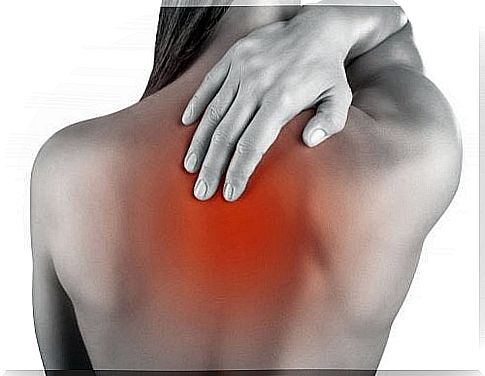
1. Use Ice to Get Rid of Muscle Soreness
Ice reduces inflammation in the muscles when they are injured. However, you must apply the ice immediately (when the pain starts), otherwise it will have no effect.
It doesn’t help to apply the ice two days later.
- To prevent the skin from burning, place the ice cubes in a cloth or plastic bag and hold it against the painful area for 10 to 15 minutes.
- Another option is to take a bath in cold water.
2. Do some stretching exercises
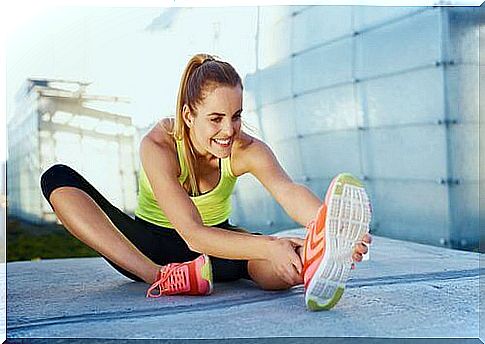
We can do these exercises anywhere: in the office, at the gym or at home.
A series of 10-minute stretches can help reduce pain caused by being in the same position for a long time or doing too much exercise.
However, stretching does not help if the muscles are injured or if we are asking too much of ourselves.
Every morning after you get up, do a five-minute routine to stretch the muscles of the arms and legs. In this way you reduce the pain and prevent injuries. Plus, it’s an excellent way to start your day.
3. Take a shower to get rid of muscle soreness
If ice doesn’t work when applied, it’s because the area isn’t inflamed. Then try the opposite technique.
- Take a shower in the warmest water you can tolerate to relax the muscles.
- A good option is a bath with Epsom salt or a bubble bath.
- Steam baths are effective for relaxing, relieving tension and reducing muscle soreness. You can do this at home or go to a sauna or spa (where you can also get a massage).
4. Hiking
Active recovery is a great way to deal with muscle soreness because it prevents you from standing still. If your muscles have been sore lately, try walking a little more.
- You don’t have to walk for miles. You can start by parking your car a little further from work so you can walk that distance.
- As you walk, you can rotate your shoulders, move your arms, and turn your head from side to side to feel more relief.
5. Massage
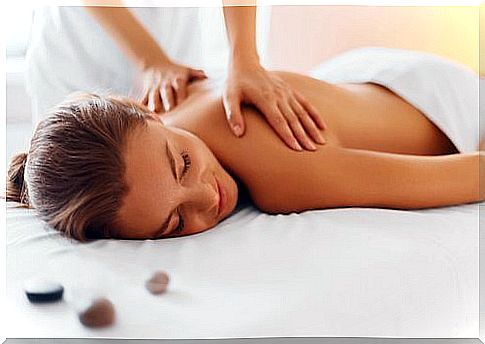
While it’s not recommended to give yourself a massage (because not knowing how to do it can make the situation worse), sometimes it’s just not possible to go to a professional.
In that case, you can at least apply gentle pressure by making circular movements to relieve the pain.
However, it is better to see an expert once a week if the pain is normal and frequent.
The masseur will use effective techniques and creams, oils and gels that relax the muscles.
6. Rest
Stress, routines and obligations are the main causes of muscle pain. That is why it is good to sleep well every night. Also, taking an afternoon nap is good for you, if you are able to do so.
Try to go to bed at the same time every night and rest at least 8 hours a night. Remember that muscles recover and heal overnight.
7. Do Yoga to Get Rid of Muscle Soreness
This technique is thousands of years old and not only reduces muscle soreness but also helps you to prevent it.
If you can’t go to a yoga center, you can do a simple yoga routine at home several times a week. You can even find yoga routines on YouTube!
8. Mini massages
Depending on the area of the body that hurts you, a natural rubdown may help. In this case, you rub the muscles with a washcloth or a towel dipped in warm water.
To increase its effectiveness, we recommend adding an ingredient with anti-inflammatory properties to the warm water, such as:
- rosemary
- apple cider vinegar
- ground black pepper
9. Eat healthy to get rid of muscle soreness

Often a lack of certain nutrients causes muscle cramps, cramps or muscle pain.
- Try to eat a balanced diet that includes all food groups: proteins, carbohydrates, healthy fats and simple sugars.
- In addition, include raw vegetables and fruits of the season in your meals. Also make sure it contains red meat, legumes, nuts, seeds and dried fruits.
10. Drink water
If your muscles are not properly hydrated, they are fragile and unable to recover.
If we add excessive exercise or a sedentary lifestyle to this, it is not uncommon for our muscles to be sore.
To avoid this, follow the famous ‘at least 8 glasses of water a day’ position. However, you should increase this number when it is very hot or when you are very active.
